77 F. high in the Twin Cities Monday.
83 F. average high on July 28.
75 F. high on July 28, 2013.
July 28 in Minnesota Weather History. Source: Twin Cities NWS:
1917: Hottest temperature ever recorded in Minnesota with 114.5 degrees at Beardsley.
1849:
Severe storms between 3 and 5 AM at the newly constructed post of Ft.
Ripley. W.J. Frazier, Head Surgeon noted: "Rain and hail with much
thunder and lightning and very high winds breaking many trees."
Summer Time-out
"Ah,
summer, what power you have to make us suffer and like it" wrote
Russell Baker. We've had a few severe storm outbreaks and brief flashes
of summer heat, but it hasn't been all that bad.
NOAA SPC reports only 20 Minnesota tornadoes in 2014; 134 separate reports of severe wind damage.
Yes,
June was the wettest month in recorded Minnesota history, statewide,
but we've dried out in July. MSP rainfall in July is over an inch below
average, for a change. Based on cooling degree days since June 1 we've
spent about 12 percent less than average cooling our homes and offices.
June
monsoons have given way to a fairly pleasant spell of weather, which
lingers much of this week. One caveat: a whirlpool of cold air aloft
stuck over the Great Lakes may set off a few late-day instability
T-showers, especially north/east of the Twin Cities.
The
atmosphere normally cools by 3-5F for every 1,000 feet of altitude. If
it gets colder/faster, a "steeper lapse rate", the risk of late day
storms rises. Dew points creep up as the week goes on; 80s next weekend
with a small chance of late-day pop-up storms.
No stalled fronts, EF-4 tornadoes, biblical floods or beachball-size hail.
I'm OK with that.
A Relatively Quiet Week - Slow Warming Trend into Next Week.
Long-range guidance shows comfortable dew points in the 50s much of
toda and Wednesday, rising into the low 60s again by Saturday; possibly
mid-60s by Monday. Highs rise above 80F by Thursday with some mid 80s
from Sunday into the middle of next week. Although a few instability
T-showers are possible (especially from the MN Arrowhead into Wisconsin)
most towns will stay mostly-dry into the weekend. MSP Meteogram:
Weatherspark.
60-Hour Rainfall Potential.
NOAA's 4 km WRF model shows heavy showers and T-storms today across
northern New England, another plume of heavy rain and potential flash
flooding from the central Rockies into the southern Plains by Wednesday,
where some 2-4" rainfall amounts are possible, helping to take the edge
off the drought. Dry weather persists over California and most of the
western USA. Source: HAMweather.
2014 Severe Weather, To Date. Here is data from
NOAA SPC
showing 20 confirmed tornadoes over western and south central Minnesota
so far this year - no touchdowns in the immediate Twin Cities metro.
Statewide there have been 134 severe wind reports (gusts over 58 mph)
and 101 reports of 1"+ diameter hail.
What's The Hold Up, El Nino?
The ocean-atmosphere system in the Pacific isn't in synch, and that is
delaying the warming expected earlier this year. Here's an excerpt of a
good explanation at
NOAA's climate.gov: "
In the July 10 update and ENSO discussion, we said the atmospheric part of ENSO doesn’t seem to be responding to the ocean. El Niño requires that both be in sync and coupled with each other.
Why is the atmosphere acting aloof to the rather warm ocean? This
development may be especially surprising to folks given the rumors and
speculation of a very strong El Niño that followed March’s oceanic Kelvin wave.
In June, the Bureau of Meteorology in Australia made an interesting
observation that might shed light on the lack of coupling between the
ocean and atmosphere. They pointed out that an anomalous sea surface temperature (SST) gradient
was not in place across the equatorial Pacific Ocean. Like the
gradient of a hill on a highway, an SST gradient describes a change in
temperature across the ocean surface from one location to another..."
Graphic credit above: "
The
typical evolution of sea surface temperature (SST) anomalies from April
through December associated with El Niño. These maps were created
using lagged regression onto the wintertime Niño-3.4 index using monthly
data from ERSSTv3b from 1980-2012. The SST gradient is shown by the
difference in near-to-below-average SST (white or blue) across the far
western tropical Pacific and Indonesia and the above-average SST (red)
across the central and eastern Pacific." Map by Michelle L'Heureux, Climate Prediction Center.
Parched West Is Using Up Underground Water. NASA JPL has the story - here's the introduction: "
A
new study by NASA and University of California, Irvine, scientists
finds more than 75 percent of the water loss in the drought-stricken
Colorado River Basin since late 2004 came from underground resources.
The extent of groundwater loss may pose a greater threat to the water
supply of the western United States than previously thought. This study
is the first to quantify the amount that groundwater contributes to the
water needs of western states. According to the U.S. Bureau of
Reclamation, the federal water management agency, the basin has been
suffering from prolonged, severe drought since 2000 and has experienced
the driest 14-year period in the last hundred years..."
Photo credit above: "
Surface-water
depletion in the Colorado River Basin has left this "bathtub ring" of
mineral deposits on Lake Mead, but groundwater loss is invisible." Image credit: U.S. Bureau of Reclamation.
A Satellite Image Tour of Planet Earth on Fire.
Motherboard has a visual recap of fire season launching into full swing over the Northern Hemisphere; here's a clip: "
Believe it or not, the 2014 wildfire season has not yet met its full potential
given the widespread extreme droughts across the western United States.
According to US Forest Service figures, the number of western fires to
date is at about 70 percent of the 10 year average, while the total
burned area sits at just less than half of the 10 year average. The tide
is turning, however, with new fires bursting out nearly everywhere that
they should be expected..." (Image: NASA).
Japan Heat Persists After Hottest Day of 2014 Leaves 11 Dead.
Bloomberg has an update; here's the intro: "
The Japan Meteorological Agency
warned of extreme heat today in Tokyo and other areas after local media
reported 11 people died and almost 1,900 were hospitalized yesterday on
the country’s hottest day this year. A quarter of the agency’s 927
observation stations recorded 35 degrees Celsius (95 degrees Fahrenheit)
or higher yesterday, the most so far this year, the Mainichi newspaper
reported..."
Photo credit above: "
A child stands under
water fall to cool off at a park in Tokyo, Saturday, July 26, 2014. Heat
wave continues in the metro areas as temperature goes up high at 35
degrees Celsius (95 degrees Fahrenheit), meteorological bureau said." (AP Photo/Koji Sasahara).
Bees At The Brink. If you missed this 2-part series at
The Star Tribune it's definitely worth a read; here's an excerpt that got my attention: "...
In
a struggle that echoes the scientific discord over climate change, both
are striving to win the public to their side in a fight over the
pervasive use of pesticides and the alarming decline of bees. Because
whoever captures the heart of the public could influence the fate of the
honeybee long before scientists or government regulators render a
verdict. “Perception becomes reality,” said David Fischer, director of
pollinator safety for Bayer AG, a leading manufacturer of the
insecticides under debate. “We are a science-focused company. But that’s
not going to convince beekeepers and the public...”
The Energy-Efficient Way to Punish Putin - And Protect The Planet. Here's an excerpt of an Op-Ed at
The Guardian: "..
Energy
efficiency makes sense not just to curb imports, but also to cut carbon
emissions. The European commission’s work has shown that gas imports
could be down sharply with a modest increase in ambition on renewables
and energy efficiency. The technology is there: more renewable
electricity; more biogas from waste; more insulation to curb heating
demand; more ground- and air-source heat pumps to replace gas boilers at
home; more solar thermal for hot water..."
Photo credit above: "
A
Gazprom employee at work in the Sudzha plant, just 200 metres from the
Ukrainian border. 'The share of Russian gas in EU gas imports has been
declining for many years.' Photograph: Maxim Shipenkov/EPA.
You Are Not Late. Afraid you missed the Internet Revolution? This author of this post at
Medium
happens to believe that we're just getting started, in fact we haven't
even scratched the surface of what is possible, what's coming in the
near term. There has never been a better time to take a swan dive into
the deep end of the pool; here's a clip: "..
So, the truth: Right
now, today, in 2014 is the best time to start something on the internet.
There has never been a better time in the whole history of the world to
invent something. There has never been a better time with more
opportunities, more openings, lower barriers, higher benefit/risk
ratios, better returns, greater upside, than now. Right now, this
minute. This is the time that folks in the future will look back at and
say, “Oh to have been alive and well back then!...”
10 Things Americans Have Suddenly Stopped Buying. Time's
Money.com
has an interesting list of items that aren't nearly as in-demand as
they used to be, including white bread, gum, razors and guns. Now
there's a shopping list. Here's an excerpt: "
America is just not the
clean-shaven, gun-buying, soda-drinking, Chef Boyardee-eating place it
used to be. For a variety of reasons—including but not limited to
increased health consciousness, the harried pace of modern-day life, and
plain old shifting consumer preferences,—Americans have scaled back on
purchases of many items, sometimes drastically so. Here’s a top 10 list
of things we’re not buying anymore, at least not anywhere near as
frequently as we used to..."
In Photos: The Most Ridiculous Laws in America.
Wired.com does a good job highlighting some of the best head-scratchers out there; here's a snippet of a funny article: "...
If
you know anything about Wisconsin, you could believe the state once
required serving cheese with every slice of apple pie—something of an urban myth inspired by a short-lived law requiring cheese and butter be served with every meal.
Some of the laws are totally reasonable anyway; you really shouldn’t
fish with dynamite, and Rhode Island’s statute against transparent
clothing is pretty clearly for the common good..."
Photo credit above: "
In Nevada it is illegal for men who have mustaches to kiss women." Olivia Locher.
Walmart's Ice Cream Sandwiches Don't Melt In The Sun. Hey, right now that's the least of my concerns, but I did think this WCPO-TV story via
Huffington Post was curious; here's an excerpt: "
Last we checked, ice cream is supposed to melt if it isn't kept chilled. But Walmart's store-brand ice cream sandwiches don't even melt in the sun,
according to a report from WCPO Cincinnati. The discovery was made by a
local mom, Christie Watson, who noticed that a Great Value ice cream
sandwich her son left out on their patio table hadn't fully melted --
even though it had been sitting out for 12 hours on an 80-degree day..."
TODAY: Partly sunny, few Wisconsin T-storms late. DP: 53. Winds: NW 10. High: 78
TUESDAY NIGHT: Mostly clear, still comfortable for late July. Low: 56
WEDNESDAY: Mix of clouds and sun, pleasant. Dew point: 54. High: near 80
THURSDAY: Warm sun, stray late-day T-storm. Wake-up: 59. High: 81
FRIDAY: Sun much of the day. Late thunder? Wake-up: 61. High: 82
SATURDAY: Sunny, very lake-worthy. Dew point: 60. Wake-up: 62. High: 83
SUNDAY: Hazy sun, few late PM storms. Wake-up: 64. High: 84
MONDAY: Some sun, murky and humid. DP: 64. Wake-up: 64. High: 83
Climate Stories...
California: Bring Your Own Water. Thanks to David Horsey at
The Los Angeles Times.
Now Two New Large Holes Appear in Siberia. The Siberian Times has the story and photo; here's a clip: "
Millions of people around the world glimpsed the first giant hole after it was revealed by The Siberian Times here and on The Siberian Times TV here. Now news has emerged of two new similar formations in the permafrost, prompting more intrigue about their creation.
Theories range from meteorites, stray missiles, a man-made prank, and
aliens, to an explosive cocktail of methane or shale gas suddenly
exploding. The version about melting permafrost due to climate
change, causing a release of methane gas, which then forces an eruption
is the current favorite, though scientists are reluctant to offer a firm
conclusion without more study..."
First Observations of Methane Release From Arctic Ocean Hydrates. Are the mysterious "holes" in Siberia the result of methane release or some other process?
Stockholm University reports on new data findings showing methane release in the Arctic Ocean; here's a clip: "
Just
a week into the sampling program and SWERUS-C3 scientists have
discovered vast methane plumes escaping from the seafloor of the Laptev
continental slope. These early glimpses of what may be in store for a
warming Arctic Ocean could help scientists project the future releases
of the strong greenhouse gas methane from the Arctic Ocean..."
The Military Battles Climate Change. Here's a clip from a story at
Huffington Post: "...
Nationally,
there are plenty of concerns in store. Our country's infrastructure is
in for major challenges as a result of extreme weather, rising sea
levels, and flooding. The Pentagon is taking the correlation between
climate change and the national security extremely seriously. Coastal
Navy installations are at risk, especially Norfolk, Virginia,
home to the "world's largest naval base." Military readiness is
diminished when troops are diverted to humanitarian concerns brought on
by the ravages of nature. Emergency Responders often require the
assistance of the federal government..."
What Is Climate Change Doing To Our Mental Health? Grist has the story; including this excerpt that mirrors my experiences with storm survivors here in the USA: "...
When
you think about what climate change does, it basically increases the
risk of weather-related disasters of one sort or another,” she said.
“What happens from a psychological point of view is people get knocked
down. Whenever people are knocked down, they have to get up again and
start over. And the more that happens, the more difficult it is to keep
getting up...” (Image credit: Amelia Bates).
Would Jesus Accept Climate Science?
An interesting theoretical question and of course the answer is
unknowable. But that free will thing keeps coming up in my discussions
with other Christians. Here's an excerpt of an Op-Ed at
Huffington Post: "...
Whom
should a Christian believe? Should they assume all climate scientists
are just furthering a government agenda when they conclude that climate
change is real? Or should they accept the science? The answer to that
question lies in the exercise of free will. God gave us brains to make
good choices. It's just important to remember that every choice has
consequences..."
Extreme Weather - Canadians Better Get Used to It.
The Globe and Mail has the Op-Ed; here's an excerpt: "...
Over
the last six decades, Canada’s average temperatures have risen 1.5
degrees Celsius, with warming happening much faster in northern Canada.
The frequency of cold nights has dropped; the frequency of warm days has
increased. The country, as a whole, has become wetter; sea ice is
declining (as everyone knows) in the Arctic but also along parts of the
Atlantic coast..."
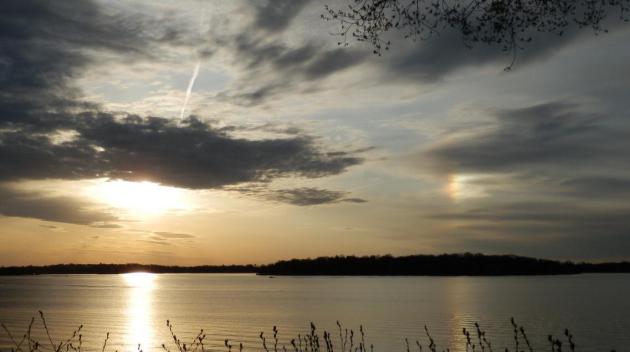
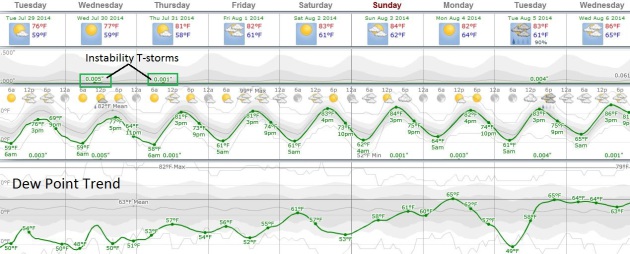
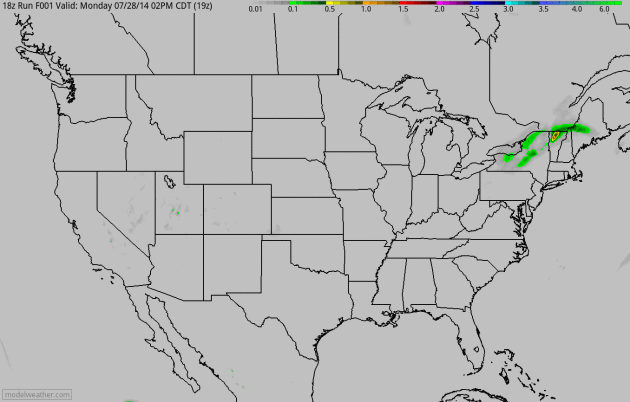
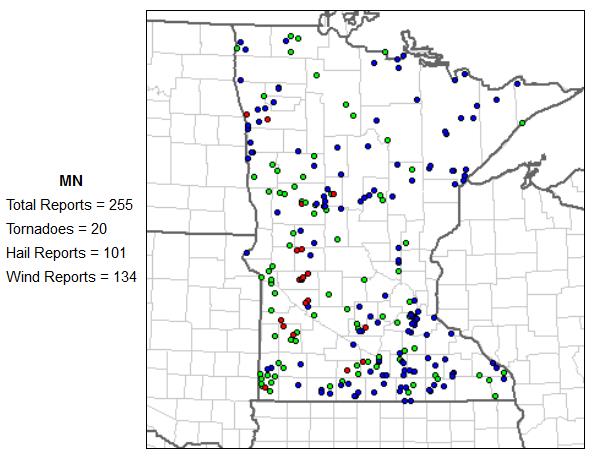
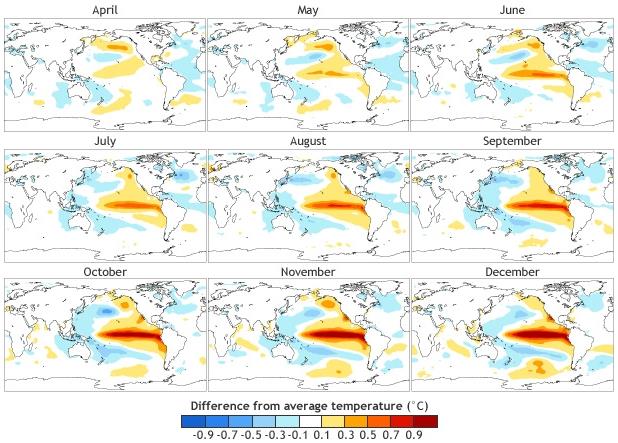
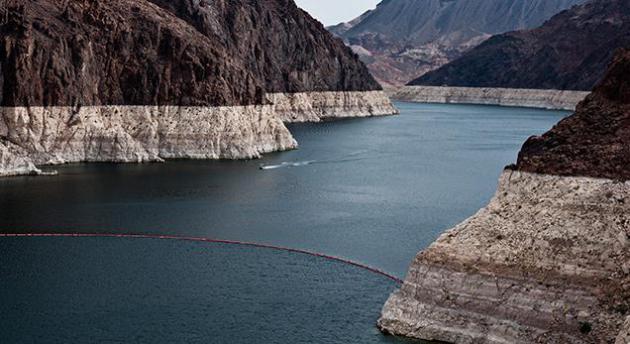
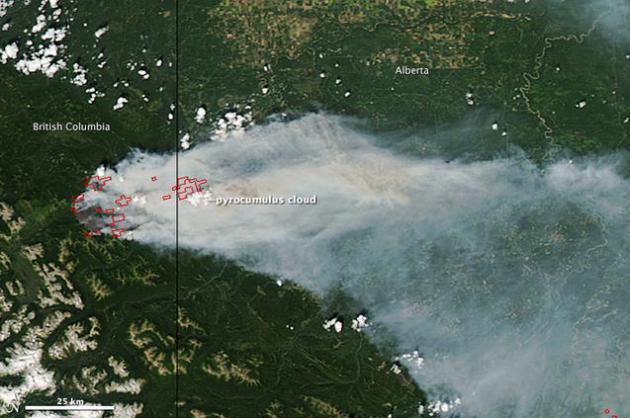
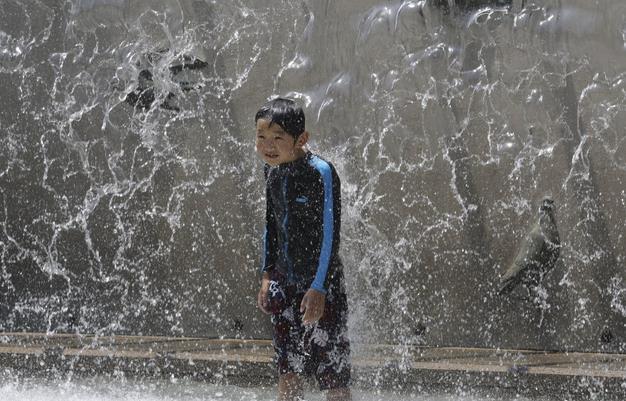
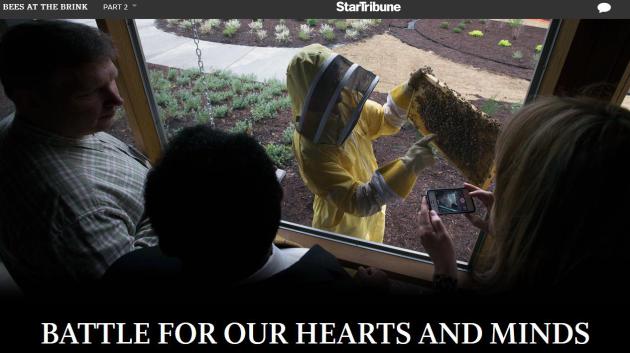
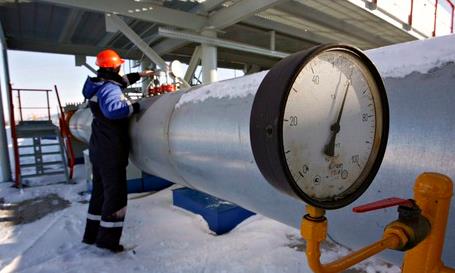




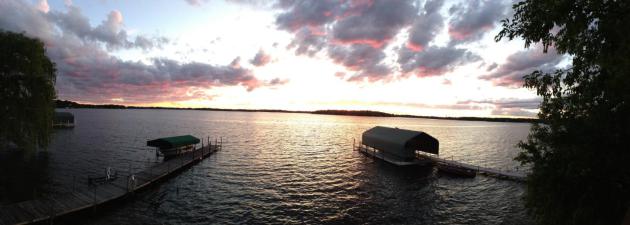
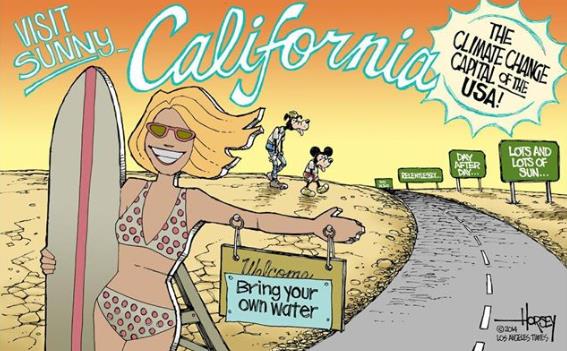
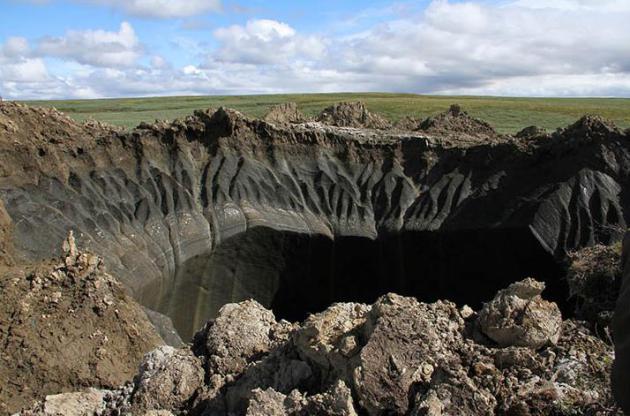
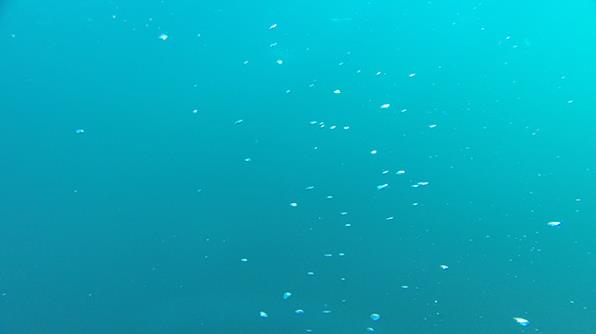


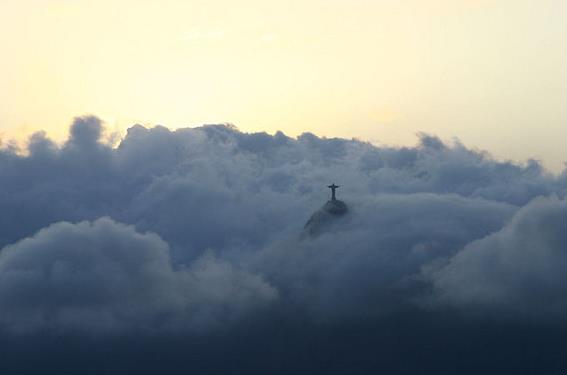

No comments:
Post a Comment